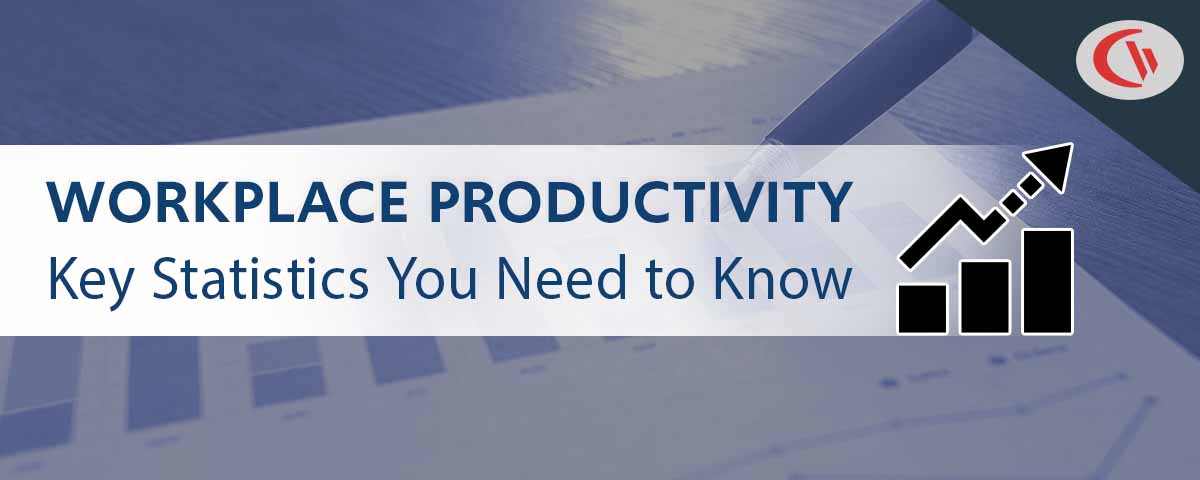What Is Software Metering? A Complete Guide to Software Usage and Asset Management
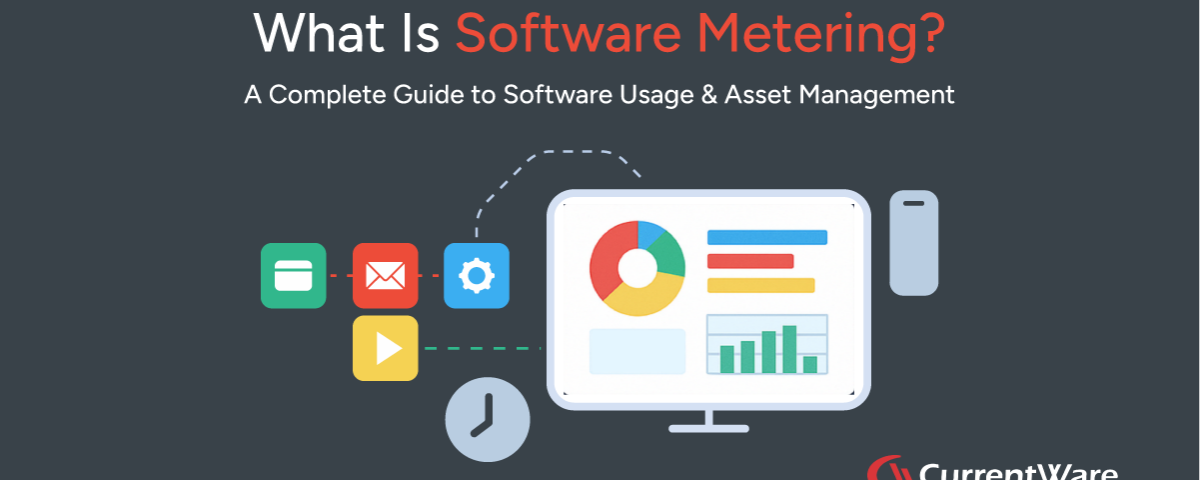
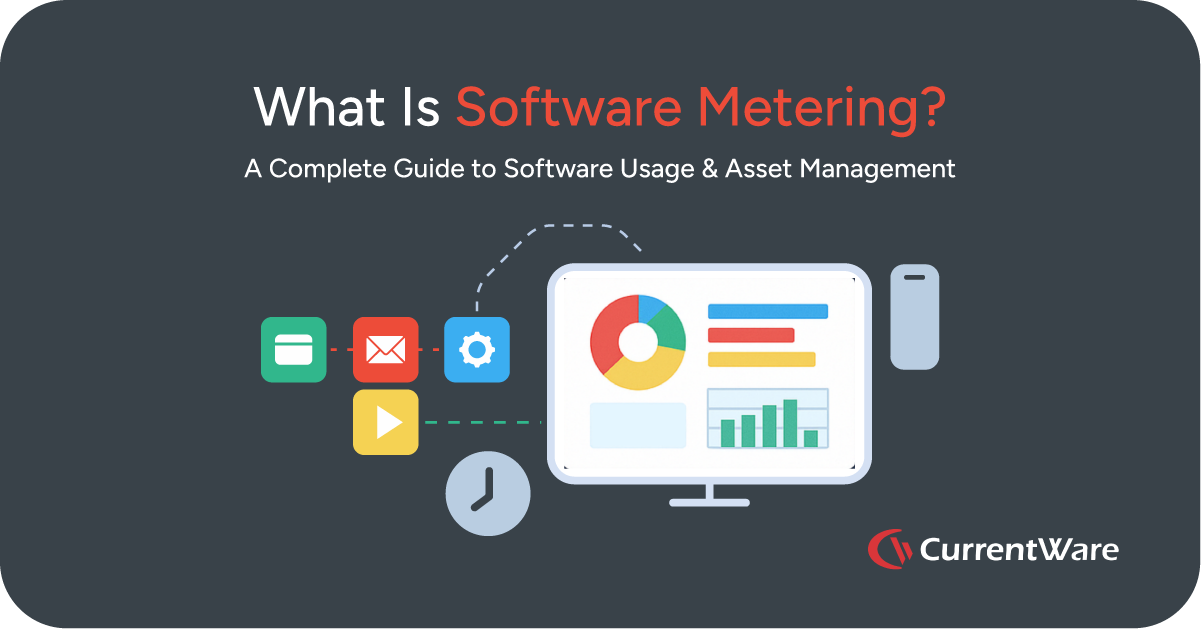
Software Asset Management
Software metering is a critical part of software asset management (SAM) that helps businesses understand, control, and optimize how software applications are used across their organization. Whether you're trying to cut costs, stay audit-ready, or improve software ROI, software metering provides the visibility you need.
Definition: What Is Software Metering?
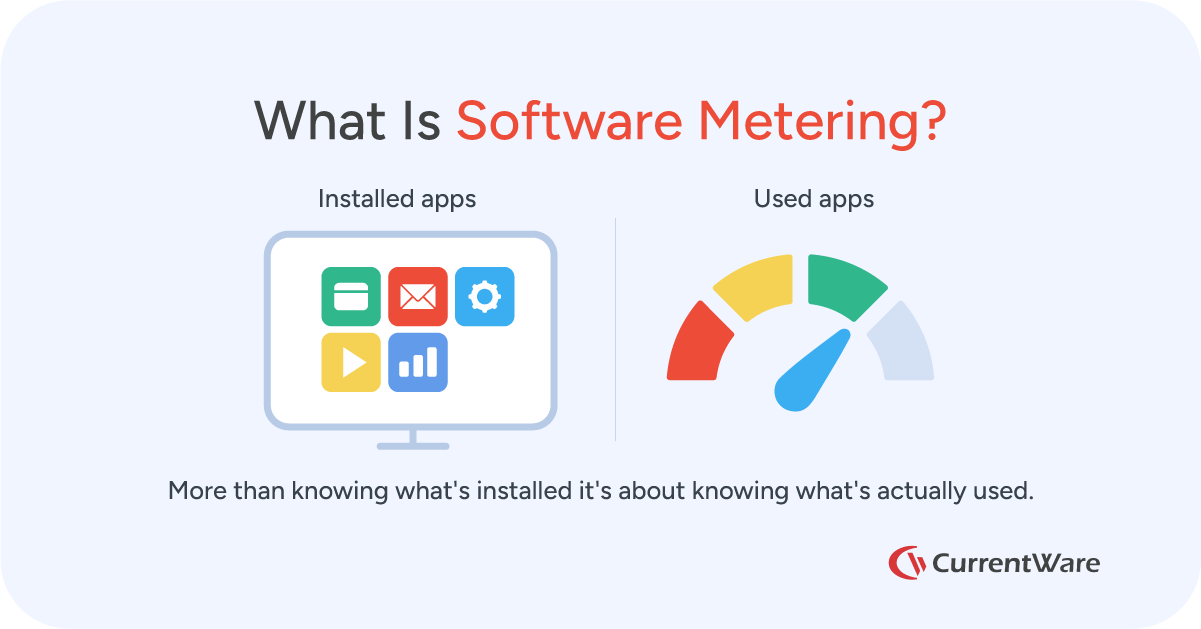
Software Metering
Software metering is the process of tracking and analyzing software usage on individual devices and across a network. It helps organizations monitor how often software applications are used, by whom, and for how long.
Unlike software inventory tools that simply show what is installed, metering tools provide data on actual usage, allowing IT teams to make smarter decisions about licensing, renewals, and deployment.
Also Read: How to Track Software Usage in Your Network | BrowseReporter
How Does Software Metering Work?
Software metering tools typically run in the background of user devices and servers, logging data such as:
-
Application launch and close times
-
User IDs and device names
-
Frequency of use
-
Total usage duration
The data is then compiled into reports that show real-world usage patterns, helping teams identify:
-
Underused or unused software licenses
-
Unauthorized software installations
-
Department- or user-specific usage trends
Also Read: Software License Optimization with Cost Insights by CurrentWare
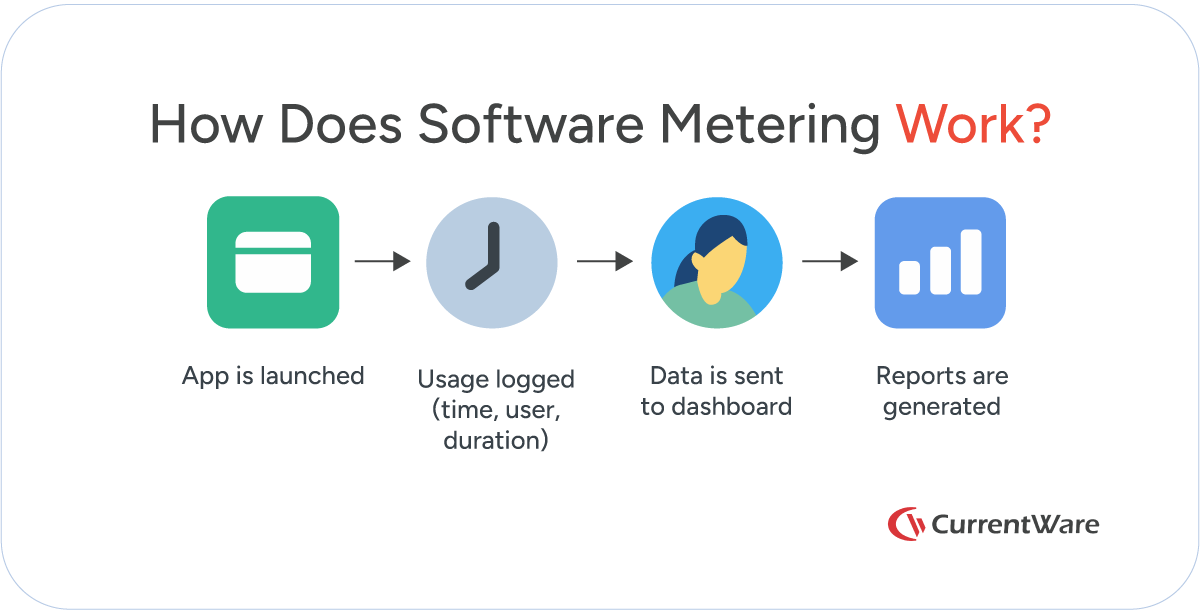
Software Metering Work
What Is Software Asset Management (SAM)?
Software Asset Management is the broader practice of managing and optimizing software licenses, installations, compliance, and costs. It includes:
-
License tracking
-
Procurement management
-
Usage auditing (via software metering)
-
Compliance and audit readiness
Software metering is one of the key tools within SAM that enables cost-effective and legally compliant software usage.
Also Read: Windows 11 User Activity Monitoring & Cybersecurity Software
Why Is Software Metering Important?
For IT teams and business leaders, software metering offers several major benefits:
-
Cost Optimization: Identify and eliminate unused or underused licenses. Pay only for what you actually need.
-
Compliance & Audit Readiness: Track software usage to stay compliant with license agreements and avoid legal or financial penalties.
-
Smarter IT Planning: Use real data to inform software renewals, upgrades, or replacements based on real-world usage, not assumptions.
-
Increased Security: Flag unauthorized or unapproved software that may pose a risk to your IT environment.
Also Read: What is User Activity Monitoring (UAM)?
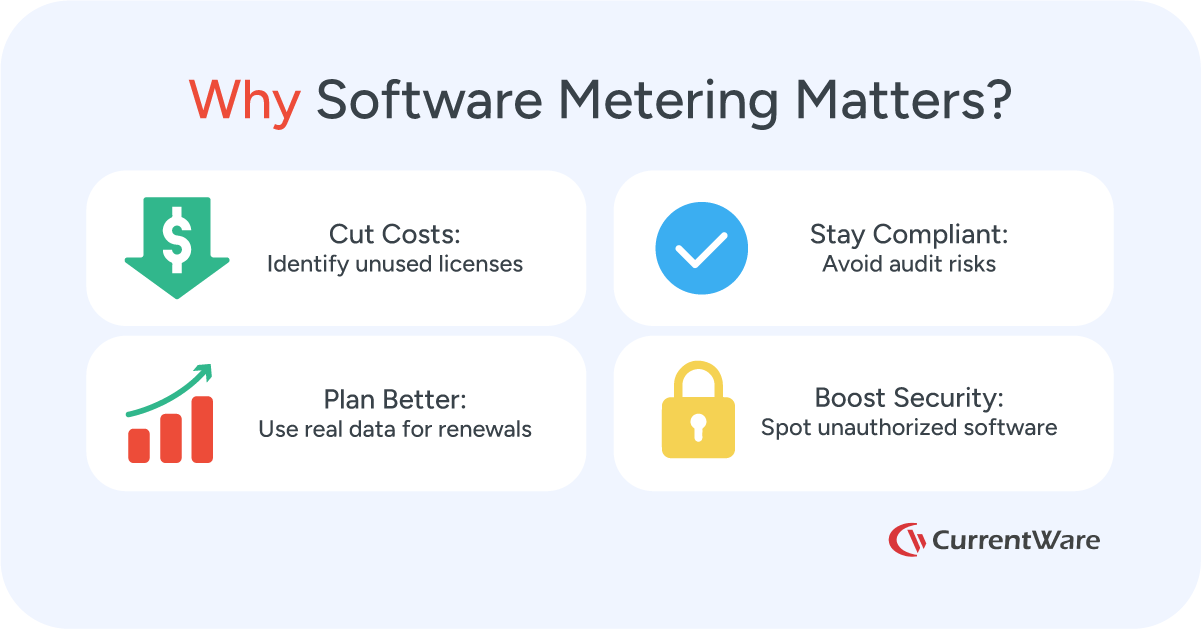
Software Metering Matters
Key Takeaways
If your organization is investing heavily in digital tools, software metering can help ensure you're not overspending or falling short on compliance. When combined with a robust software asset management strategy, it enables you to streamline your tech stack, reduce waste, and improve operational efficiency.
Looking to implement software metering in your organization? Start by evaluating your current visibility into application usage. Tools like BrowseReporter from CurrentWare offer real-time software usage tracking, detailed reporting, and seamless integration with your existing asset management processes, making it easier to make data-driven decisions about your software investments.
Also Read: Cybersecurity Audit: 7 Key Tips to Pass Your Next Compliance Review
Ready to Take Control?
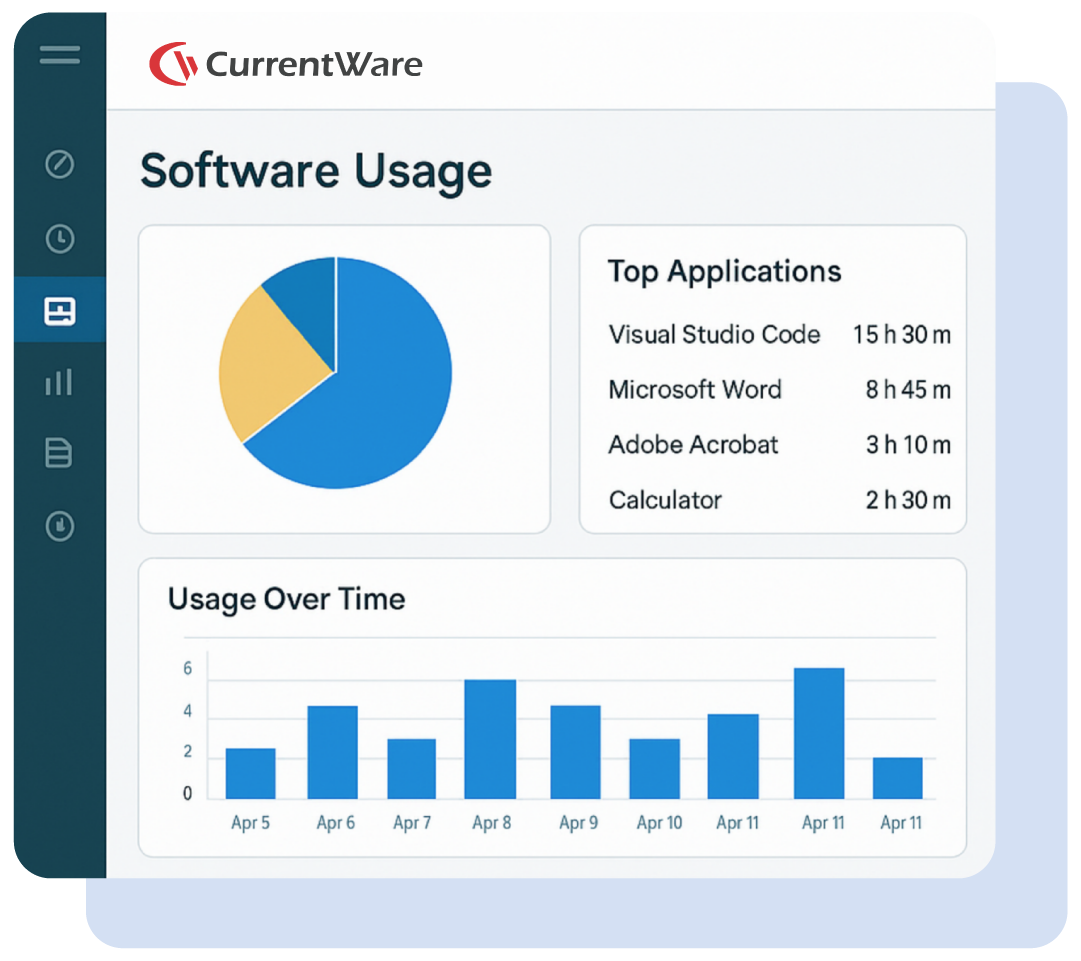
- → Real-time tracking
- → Cloud/on-premise support
- → Data for compliance and cost-saving decisions


